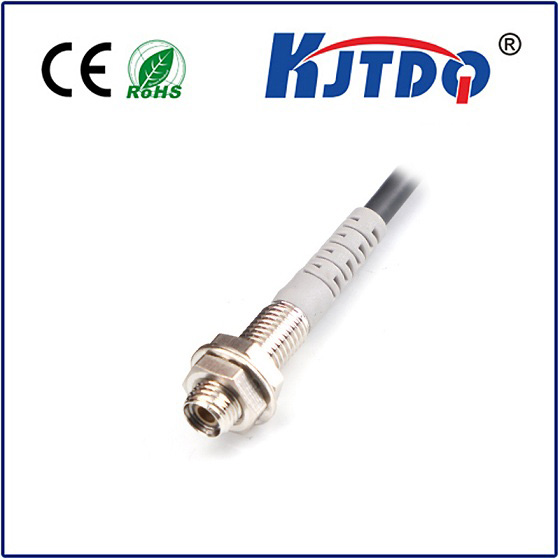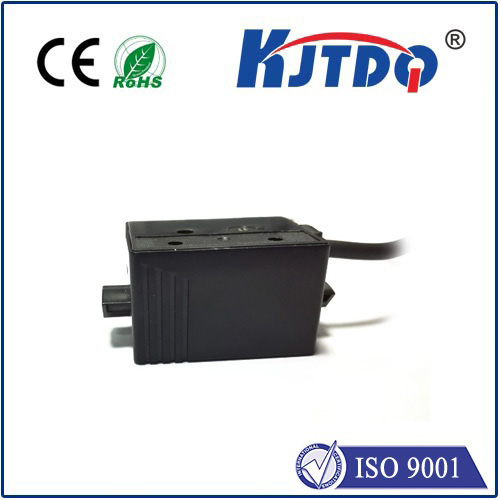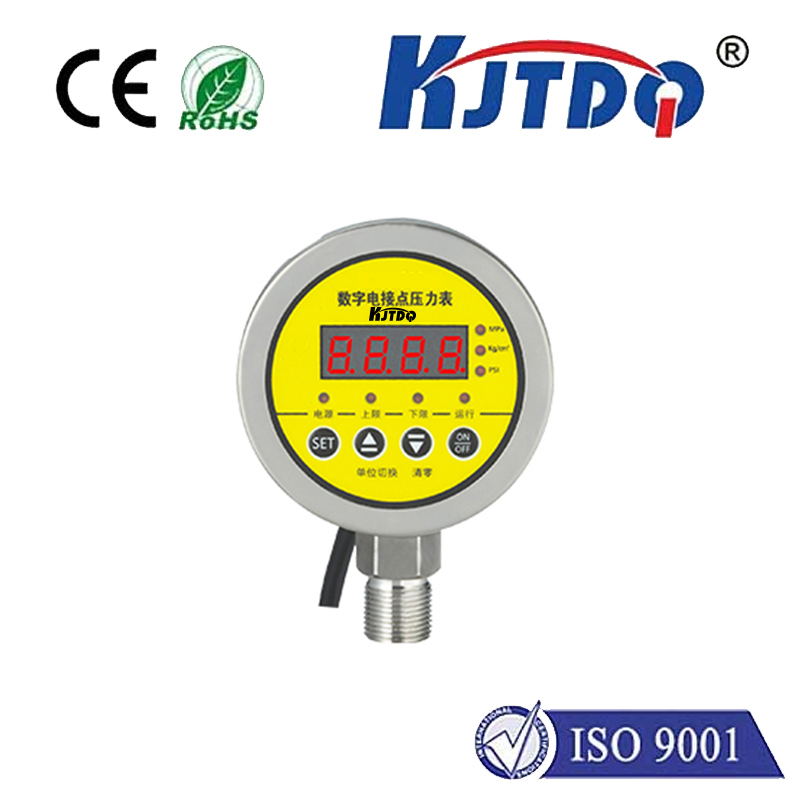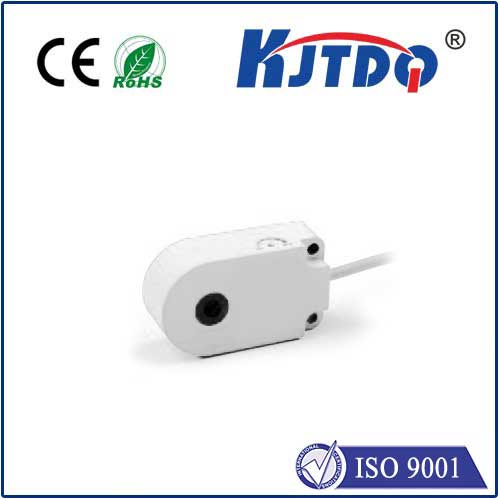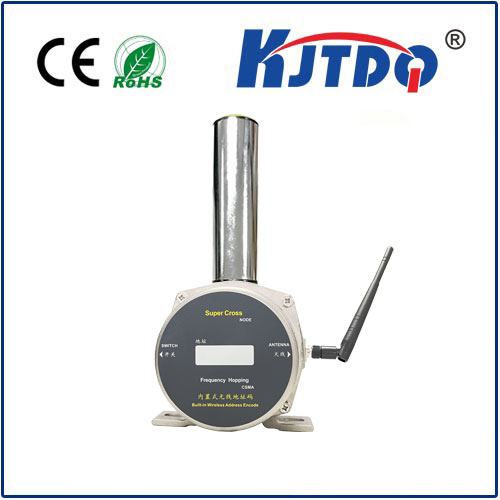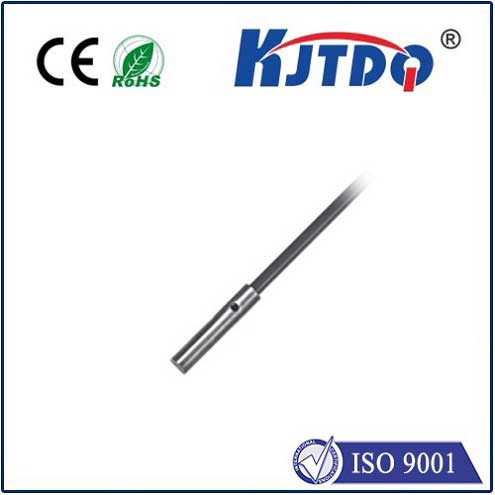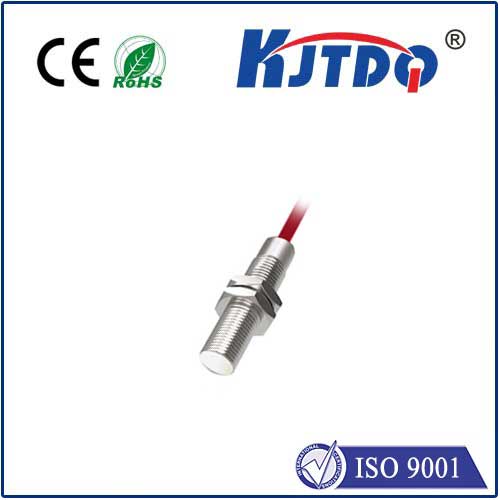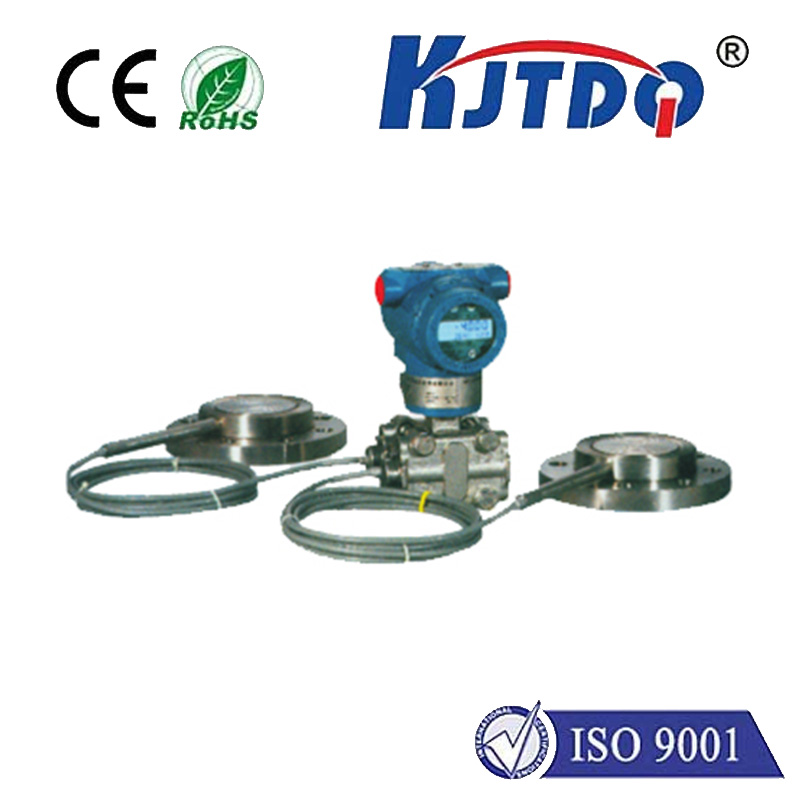12mm pnp proximity switch
- time:2025-06-16 15:29:01
- Click:0
The Mighty Detector: Why 12mm PNP Proximity Switches Rule Industrial Sensing
Imagine a world where machines operate blindly. Parts crash, positions go unchecked, and production lines grind to a halt. Thankfully, we have the unsung heroes of automation: proximity sensors. Among them, the 12mm PNP proximity switch stands out as a remarkably versatile and widely adopted workhorse. If you’re involved in machinery, robotics, assembly, or packaging, understanding this specific sensor type is crucial. It’s the compact powerhouse bringing reliability and precision to countless detection tasks without physical contact.
So, What Exactly Is a 12mm PNP Proximity Switch?
At its core, a proximity switch is a non-contact sensor designed to detect the presence or absence of a target object within its sensing field. Unlike mechanical limit switches, there’s no physical touch required, eliminating wear and tear and enabling high-speed operation.
12mm: This refers to the standard barrel diameter of the cylindrical housing. This specific size offers an excellent balance:
Compact Size: Small enough to fit into tight spaces where larger sensors simply won’t work.
Rigidity & Robustness: Provides sufficient structural integrity to withstand vibration and typical industrial knocks compared to smaller 8mm or 4mm variants. Mounting is straightforward using standard lock nuts.
Suitable Sensing Range: Generally offers sensing ranges (Sn) of up to 4mm for steel targets, making it versatile for diverse applications without being excessively large.

PNP: This describes the semiconductor output configuration – arguably its most critical characteristic.
PNP stands for “Positive-Negative-Positive.” In simple terms, a PNP proximity sensor sources current. When an object is detected within its sensing range:
The sensor’s output signal line switches to connect internally to the positive supply voltage (V+).
This provides a positive voltage signal to the connected load (like a PLC input, relay, or indicator light).
Current flows from the sensor output to the load and then to ground (0V).
Simplified: PNP = Switched Positive (Output goes HIGH or +V when triggered). Think “Provides Positive.”
Why Choose a PNP Output?
The choice between PNP and its counterpart, NPN (sinking output), often boils down to regional standards and PLC input conventions, but PNP holds distinct advantages:
- Simpler PLC Wiring: Many PLCs in Europe and globally feature “sinking” digital inputs. Connecting a PNP sensor (sourcing) directly to these inputs is straightforward – the PLC input provides the path to ground that the PNP sensor needs to complete the circuit. This avoids the need for additional pull-up resistors.
- Intuitive Logic: The “sourcing” nature often aligns with the “active-high” logic commonly used. Detection typically equals a “true” or “high” signal.
- Easier Visualization: On indicator lights, a PNP sensor directly illuminating a lamp wired between its output and ground is very intuitive.
Technical Strengths of the 12mm PNP Proximity Switch
Beyond its size and output type, the 12mm cylindrical PNP proximity sensor packs in features that make it indispensable:
- Non-Contact Operation: The cornerstone benefit. Detection occurs magnetically (for inductive types detecting metals) or capacitively (for capacitive types detecting nearly any material). This eliminates mechanical wear, ensures a long operational life (millions of cycles), and allows for high-speed detection.
- Harsh Environment Resilience: Typically rated IP67 or higher, meaning excellent protection against dust ingress and temporary immersion in water. They shrug off dirt, oil, cutting fluid, and vibration common on factory floors.
- DC Operation: Standard models operate on common industrial DC voltages, typically 10-30V DC.
- 3-Wire Connection: Requires connection to positive supply voltage (brown wire), ground (blue wire), and features a switched output signal wire (black wire, sometimes white or other for PNP).
- LED Status Indicator: Built-in LED provides visual confirmation of power and detection state, a vital feature for installation, commissioning, and troubleshooting.
- Inductive vs. Capacitive: While inductive (inductive proximity sensor) is the most common type for detecting ferrous and non-ferrous metals, capacitive variants (detecting liquids, plastics, wood, etc.) are also readily available in the 12mm PNP format, expanding its application scope. Ensure you select the correct sensing principle!
- Shielded vs. Unshielded: Shielded (flush-mountable) sensors allow installation flush within metal, offering better mechanical protection and reduced side-sensitivity. Unshielded (non-flush) types generally provide a longer sensing range but require space around them.
Where Does the 12mm PNP Proximity Sensor Shine? (Applications)
The versatility of the 12mm proximity switch with PNP output makes it ubiquitous:
- Machine Automation: Detecting position of cylinders (piston/rod), verifying presence of parts on fixtures or nests, confirming tool changer positions, rotary encoder indexing.
- Conveyor Systems: Tracking objects on the line, counting items, detecting jams, confirming package presence for sorting.
- Robotics: End-of-arm tooling sensing (gripper open/close, part grasped/released), verifying workpiece position before manipulation.
- Packaging Machinery: Detecting film/carton presence, verifying lid closure, checking fill levels (with capacitive types), controlling capping/sealing operations.
- Assembly Lines: Confirming component insertion, verifying correct orientation of parts, detecting presence before fastener application.
- Material Handling: Monitoring bin levels (capacitive), detecting pallet position, gate/arm positioning.
Selecting the Right 12mm PNP Sensor: Key Considerations
Choosing isn’t just about grabbing any 12mm PNP sensor. Pay attention to:
- Sensing Principle: Metal detection? Choose inductive. Plastics, liquids, powders, or non-metals? Choose capacitive.
- Sensing Range (Sn): The rated operating distance. Always specify under what conditions (e.g., Sn for mild steel). Ensure it meets your application gap requirements.
- Target Material & Size: Inductive sensors have different ranges for different metals. Capacitive sensors may need adjustment for different materials. The target size must be sufficient to reliably trigger the sensor. A tiny screw head might not trigger a sensor designed for a large metal plate.
- Shielded vs. Unshielded: Based on your mounting constraints and need for flush installation versus maximum range.
- Output Configuration: While we’re focused on PNP here, ensure your controller (PLC, relay) is compatible with this sourcing output.
- Supply Voltage: Match the sensor’s voltage rating (e.g., 12-24V DC) to your power source.
- Environmental Factors: Confirm the IP rating meets the specific environment’s demands (dust, water washdown, temperature extremes).
- Connection Type: Pre-wired cable or connector (M8, M12)?
From its compact, robust 12mm form factor to its reliable PNP sourcing output, this sensor type offers an exceptional blend of features for demanding industrial environments. Its non-contact operation, resilience against harsh conditions, and reliable performance make the **12






